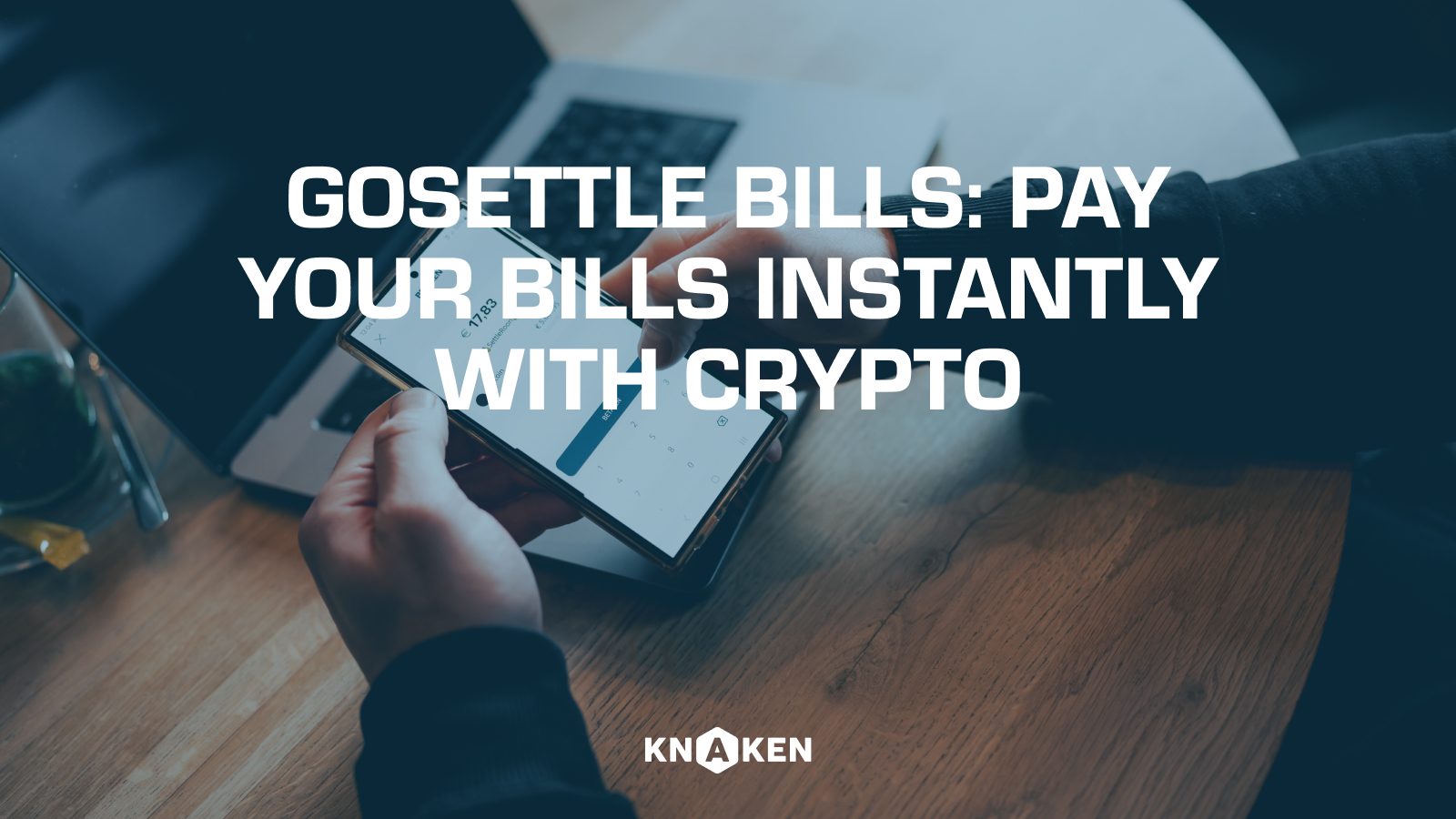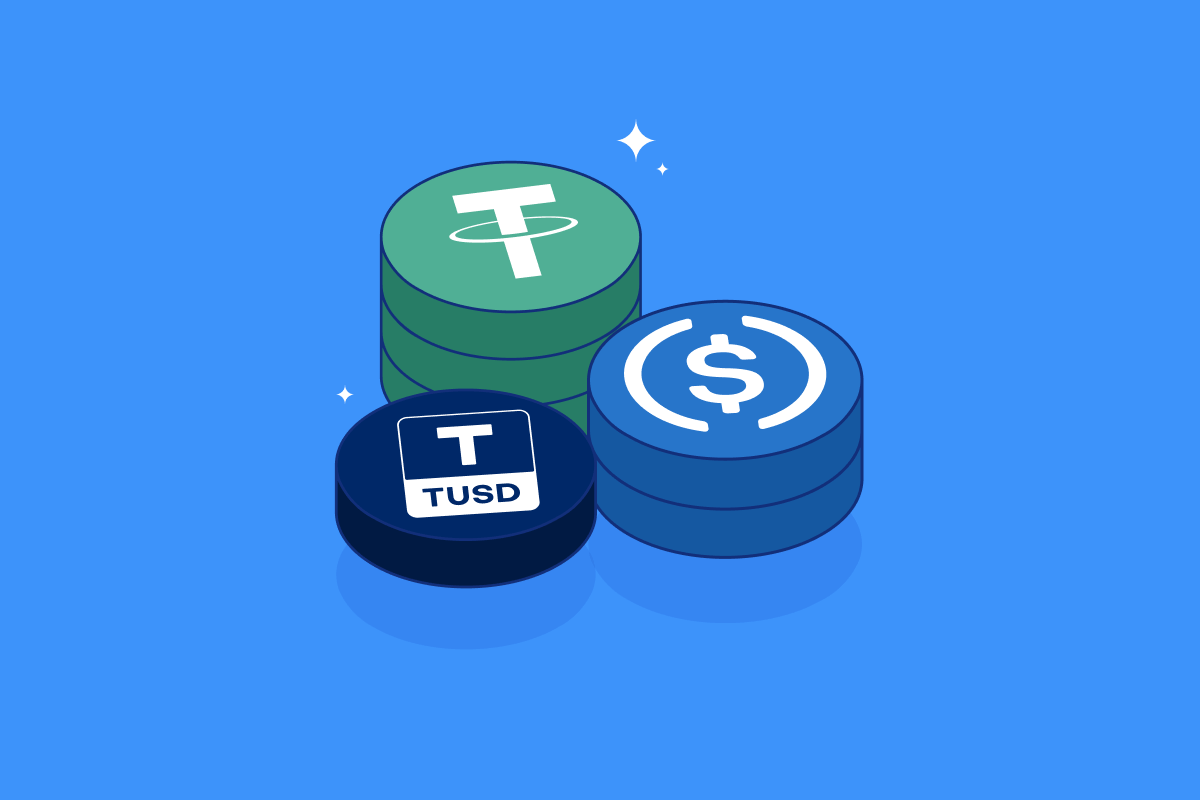Reorg (Reorganization) in Cryptocurrency
Introduction to Reorgs
Reorg, short for reorganization, is a term used in the cryptocurrency space to describe the process by which a blockchain network undergoes a modification of its transaction history. This occurs when a longer or more valid chain is accepted by the network, leading to a situation where some blocks, and thus some transactions, are effectively made invalid or are reversed. Reorgs can take place in any blockchain system but are more commonly discussed in the context of Proof-of-Work (PoW) blockchains where miner competition plays a significant role in which blocks are added to the chain.
Why Reorgs Occur
Reorganizations can happen for several reasons, including:
- Network Latency: Due to delays in network communication, a miner might publish a block that is not immediately accepted by the network, leading to competing chains.
- Selfish Mining: In scenarios where miners intentionally withhold blocks to gain an advantage in the likelihood of winning future mining rewards.
- 51% Attacks: When a single miner or group of miners controls more than half of the network’s hashing power, they can create longer chains and reverse transactions.
- Forks: Changes to the protocol may lead to a split in the network where one group of miners follows an updated set of rules while others continue on the previous chain.
Types of Reorgs
Reorganizations can be classified into two main types:
- Minor Reorgs: These typically involve one or two blocks being reorganized. Minor reorgs are relatively common and may happen without significantly affecting user confidence in the network.
- Major Reorgs: These involve multiple blocks and can lead to significant changes in the network’s transaction history. Major reorgs can result in the loss of user funds and are generally viewed with concern by the cryptocurrency community.
The Process of a Reorg
When a reorganization occurs, the following steps can typically be observed:
- Block Propagation: A miner finds a valid block and broadcasts it to the network. However, it may take time for the block to reach all nodes.
- Chain Selection: Some nodes may accept the new block, while others may continue working on the previous block, leading to a temporary fork.
- Resolution: Eventually, if one chain (with more cumulative work) becomes longer, the network will converge on this longer chain, resulting in the reorganization of shorter competing chains.
Implications of Reorgs
Reorganizations can have various implications for the cryptocurrency ecosystem:
- User Trust: Frequent or major reorgs can lead to a loss of confidence in a cryptocurrency, causing users to withdraw or avoid it.
- Market Impact: The occurrence of a significant reorg can lead to immediate price volatility as investors react to the uncertainty around the resulting chain.
- Layer 2 Solutions: Reorgs present challenges for Layer 2 solutions, as they depend on the security and stability of the underlying Layer 1 blockchain.
Mitigating Reorgs
To minimize the occurrence and impact of reorganizations, various strategies can be utilized:
- Increasing Network Hashrate: A higher hashrate generally leads to a more secure network and makes it difficult for any miner to perform a successful attack.
- Implementing Protocol Changes: Changes like adopting a different consensus mechanism (e.g., from PoW to Proof-of-Stake) can reduce the likelihood of reorgs.
- Transaction Finality: Utilizing mechanisms that provide greater transaction finality can help ensure that once a transaction is confirmed, the likelihood of it being reversed is minimized.
Conclusion
Reorganizations are a natural phenomenon in blockchain networks that can have significant implications for user trust, market stability, and the effectiveness of cryptocurrency systems. Understanding the nature of reorgs, their causes, and how to mitigate them is essential for participants in the blockchain ecosystem. As the technology continues to evolve, strategies to manage and minimize reorgs will be crucial in promoting secure and reliable platforms for digital transactions.


















